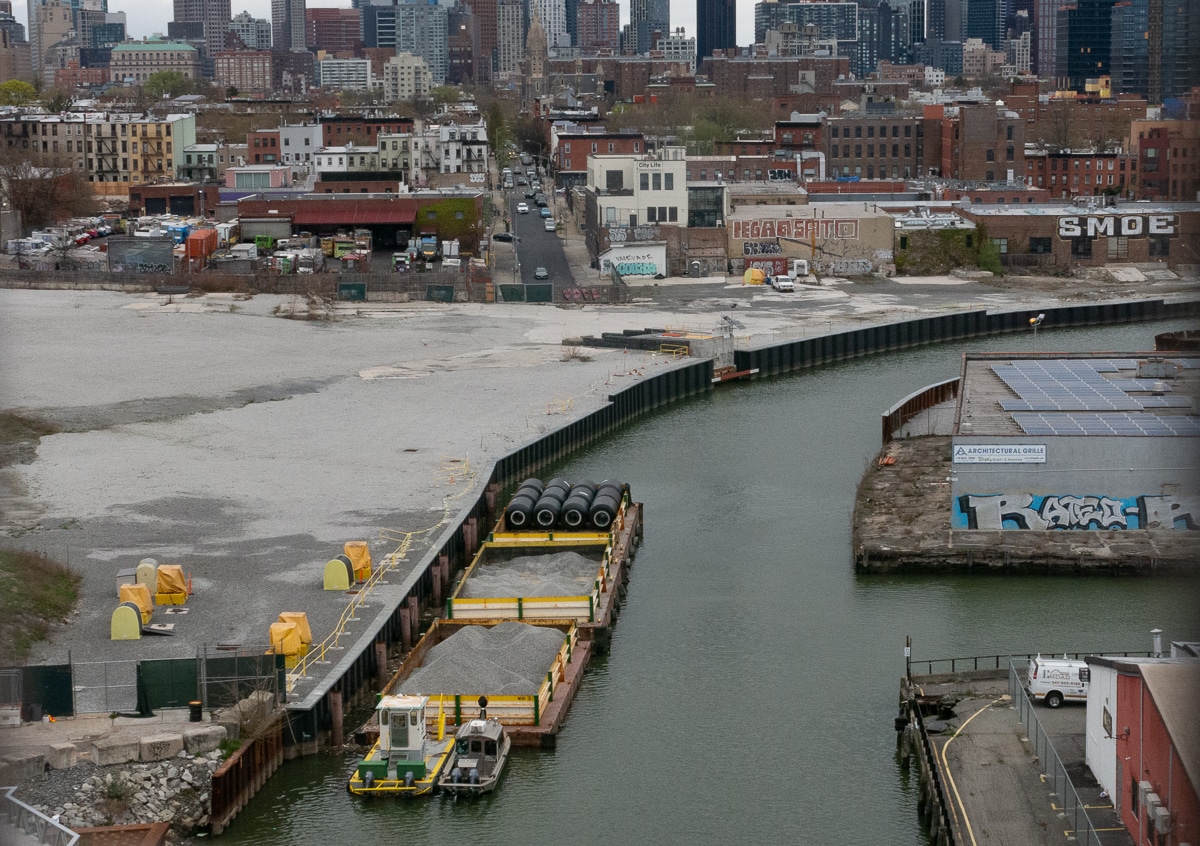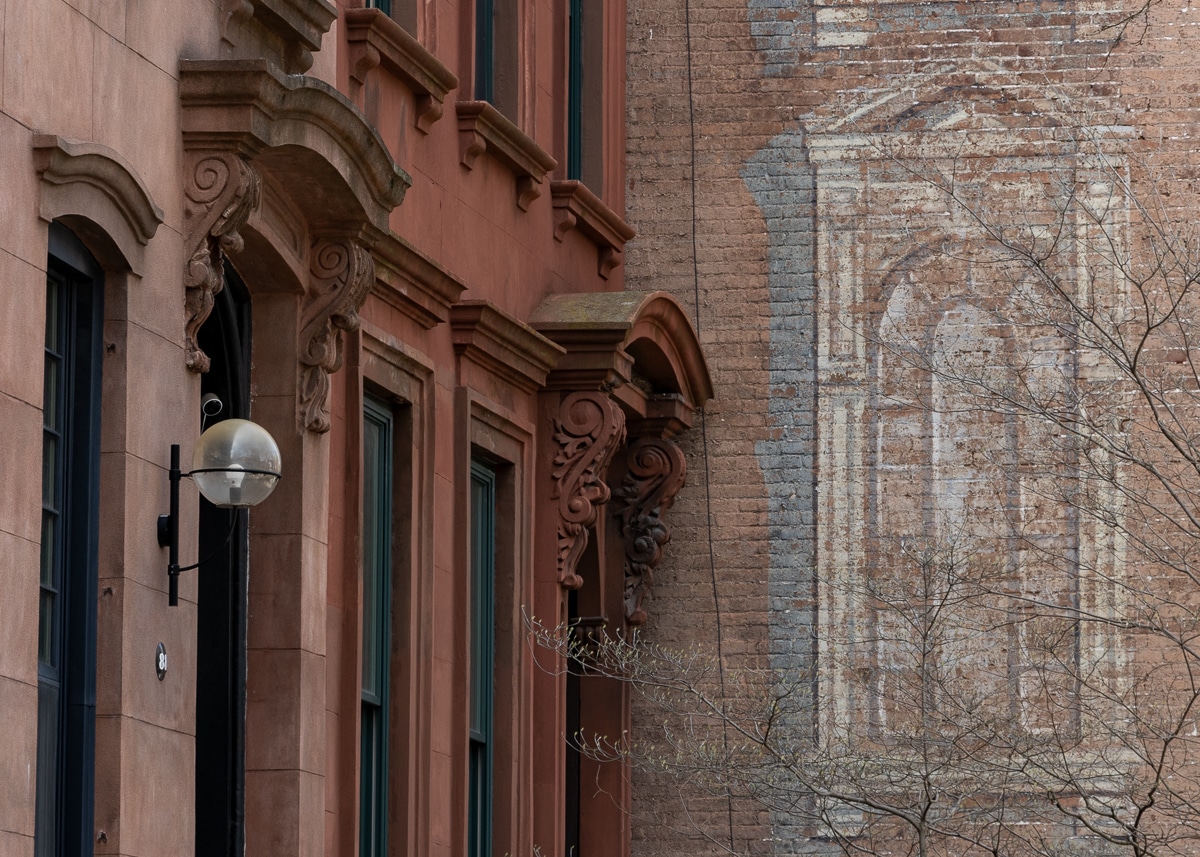Past and Present: The Lefferts Homestead
A Look at Brooklyn, then and now. The most amazing thing about a city like Rome, Italy, is that you can find a modern office building next door to a Renaissance palazzo, next door to a Roman ruin. The layers of civilization in an ancient city like Rome are so unlike what we have here,…

A Look at Brooklyn, then and now.
The most amazing thing about a city like Rome, Italy, is that you can find a modern office building next door to a Renaissance palazzo, next door to a Roman ruin. The layers of civilization in an ancient city like Rome are so unlike what we have here, where the difference between neighboring buildings is usually no more than a couple of generations, a hundred years at best. Here in New York City, we don’t build next to the past; we usually build on top of it. That’s part of the reason why a column like this can be so interesting, what’s past is long gone and rubble, most of the time. This time, it’s slightly different.
When Flatbush was all farmland, in the late 17th and early 18th century, you could find Dutch farmhouses scattered throughout the area. The Lefferts family had a few of them, as they were a large extended family with several branches in different parts of what would someday all be Brooklyn. The Flatbush branch of the family was wealthy, influential, and owned much of Flatbush. By the end of the 19th century, the head of the family was gentleman farmer John Lefferts, followed by his son and heir, James. The area of Flatbush now bordered by Flatbush Avenue, Lincoln Road, Rogers Avenue and Fenimore Street was the site of the Lefferts family homestead, a six block compound with the main house, outbuildings, and one heck of a backyard. (Farmed, of course.) This house sat in the middle of the block of Flatbush between Maple and Midwood Streets.
The house was not the original Lefferts homestead, built in the late 17th century. That house was burned by the British Americans during the Revolutionary War in 1776, at the time of the Battle of Brooklyn. This house was built from salvaged materials from the original house, and in the same Dutch gambrel roofed style as the original. It was constructed between 1777 and 1783. James Lefferts was the last of his family to live here, and he organized the selling and development of the family plot to the developers who built Lefferts Manor. It was he who divided the land into 600 plots, and laid out the covenant that provided that Lefferts Manor always be a community of one-family homes.
Lefferts Manor grew quickly, and the plot that the house stood on was soon very desirable, as it was on busy Flatbush Avenue. In 1918, after James Lefferts’ death, the family gave the house to the City of New York, under the provision that it would be moved from this location. The house was relocated nearby in Prospect Park, where it remains today, a house museum, and Flatbush’s only remaining colonial Dutch house. An apartment building was already planned for this site, back in 1918, as Flatbush Avenue was not part of the single family covenant. The apartment building and the retail stores on its ground floor have been filled up and busy ever since. James Lefferts probably would have been aghast. GMAP











The thing that is so astonishing about Rome is the cohesiveness of the urban landscape. The centuries fit so comfortably together and one can walk for blocks and blocks and just see more and more and more beautiful historic stone buildings, all about the same scale, some with breathtaking details others very plain and serene. Occasionally a plaza with remarkable Renaissance fountains and stately churches. Rome is something completely different from our commercial American cities. Its approach to historic preservation is totally alien to anything in the United States.
Its a ridiculous comparison. 200 years ago virtually all of today’s NY was inhabited by farms with simple wooden structures.
Today’s New York has a robust preservation mechanism and we have and are preserving examples of basically our entire post-agrarian history.
Not that I expect our society to survive for the next 2000 years but if it did, I’d say our historical preservation legacy would look far better than Romes does now.